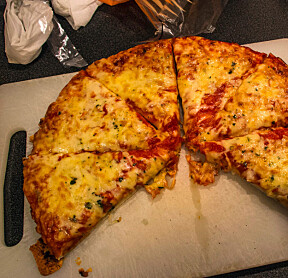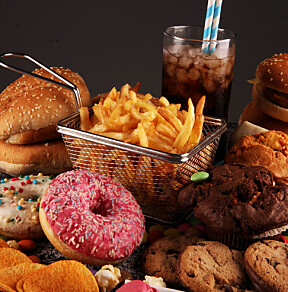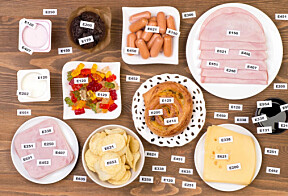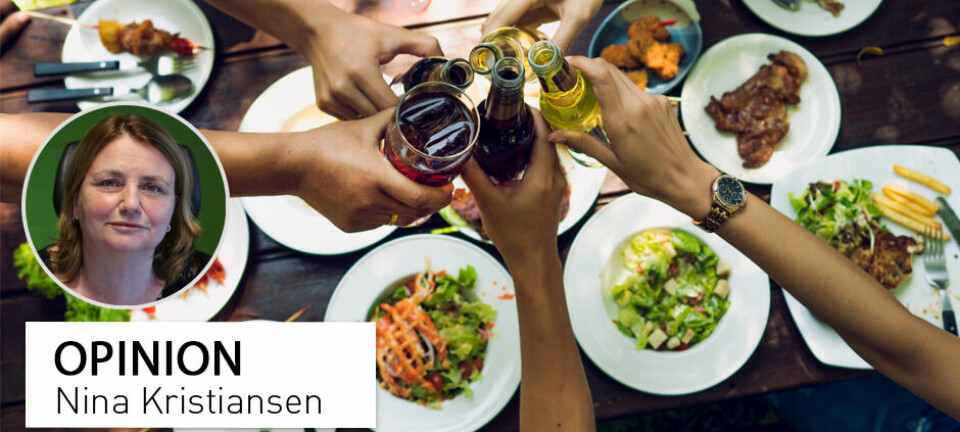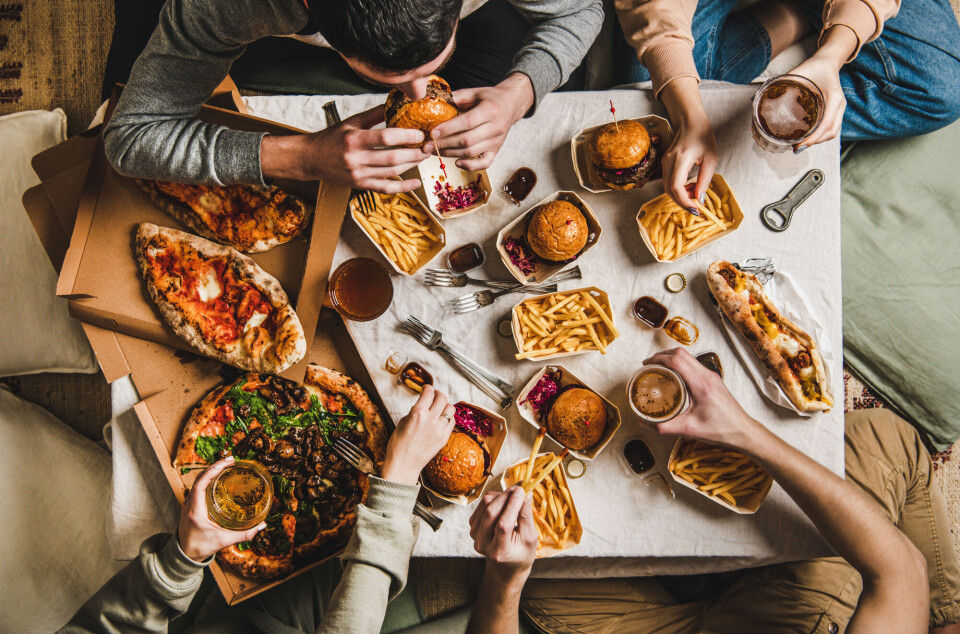
Why aren't the new Nordic dietary guidelines more explicit in warning against ultra-processed food?
Researchers believe clearer advice could have influenced the food industry and reduced lifestyle diseases.
Many people rolled their eyes when the new Nordic dietary recommendations were published recently. Less meat, more plant-based foods and an emphasis on the environment are key elements of the new advice.
The recommendations say little about ultra-processed food, and has caused some scientists to react.
More and more studies link ultra-processed food to a number of health problems, such as obesity, type 2 diabetes, high blood pressure, heart disease, depression and premature death.
The elephant in the room
Ultra-processed foods are industrial products with many ingredients. Several of these ingredients are unusual for home kitchens, such as colouring agents and preservatives.
“That's the elephant in the room. The new recommendations do not set any guidelines for the industry or the demand for ultra-processed food,” says Simon Erling Nitter Dankel.
Dankel is a professor and researcher of medicine and biochemistry in the Mohn Nutrition Research Laboratory at the University of Bergen.
More than half of the food we buy today is highly processed. Dankel believes that the dietary guidelines ignore what he describes as the main challenge in our diet: ultra-processed food products.

Healthy foods included in definition
The researchers behind the new dietary guidelines acknowledge that ‘a correlation has been observed between ultra-processed food and health outcomes’. They have nevertheless chosen not to provide any advice on intake of these foods.
“The main problem with the term ‘ultra-processed food’ is that the definition used is too imprecise. Many healthy foods will also be included in the usual NOVA classification used in the literature, in addition to many unhealthy foods,” says Rune Blomhoff.
Blomhoff is a professor of nutrition at the University of Oslo and head of research in the cancer clinic at Oslo University Hospital. Since 2019, he has led the large joint Nordic Nutrition Recommendations (NNR) project, which has led to the dietary advice that was recently presented.
The NOVA classification system was introduced in 2009. It divides food into four categories ranging from unprocessed to ultra-processed. The model is used as a starting point to look at the links between ultra-processed food, diet and health.
Could have influenced food producers
Dankel believes that the NNR’s decision to disregard the NOVA model will have unfortunate consequences for public health.
“Ultra-processed food contributes significantly to lifestyle diseases, and there are good alternatives to ultra-processed food,” he says.
Dankel emphasizes that zero intake isn’t the goal, but rather reducing consumption of the most highly processed food products.
“The food producers could have been forced to come up with better alternatives if the recommendations had included advice to eat less ultra-processed food,” says Dankel.
Wholemeal bread – not so healthy after all?
The researcher believes that some of the advice is unfortunate, as there is no focus on how the food is made. He points in particular to products such as wholemeal bread, which fall within the recommendation to eat whole grain products.
“A lot of wholemeal bread isn’t as healthy as it seems, and it can be a mistake to base your diet on it,” says Dankel.
He stresses that we can get enough fibre through other products.
Dankel does not think that coarse or wholemeal bread in itself is unhealthy, it's the bread sold in grocery stores that are often ultra-processed.
Blomhoff disagrees. “The health effect of bread does indeed depend on the degree of processing, but also whole grain bread is defined as ultra-processed. Crispbread, yogurt and many other foods that have no documented harmful effects on health are also included.”
The NNR leader believes their recommendations are more concrete and better suited than the NOVA classification to encourage the food industry to make changes that will lead to better public health.
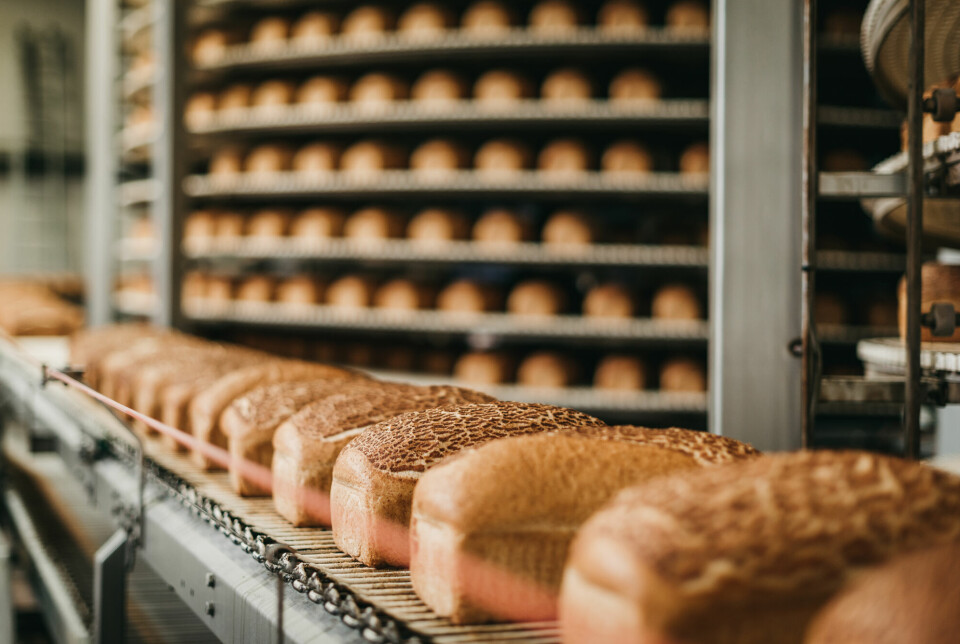
Makes no sense
Nutritional biologist Marit Kolby also thinks the new dietary guidelines should include more information about the negative consequences of ultra-processed food.
“It makes no sense for us not to communicate clearly that there is a difference in quality between ultra-processed products and our original foods, which are whole foods and minimally processed food. We should at least, from a precautionary perspective, inform the public that whole foods and minimally processed food should be the foundation of our diet,” says Kolby.
Blomhoff points out that none of the advice in NNR is based on a precautionary principle and says that they only make recommendations that are based on solid research.
“We give a lot of advice that has to do with processing, but we describe the foods or food groups that have documented adverse health effects more precisely. For example, NNR's recommendations include limiting the intake of processed meat, sweets, soft drinks with sugar, processed foods with added trans fats, saturated fat, salt and sugar.”

Kolby believes that we do not need any ultra-processed food in our diet, even if the products themselves are not unhealthy.
“It’s important to remember that better and less processed products are available for many of the ultra-processed versions we buy so much of, such as bread, cold meats, vegetarian replacement products, yogurt and cheeses," she says.
"We should also drink water instead of soft drinks and energy drinks and milk instead of chocolate milk and iced coffee, for example.”
Consequences unknown
Dankel says that a lot of the ultra-processed food has poorer nutritional content, because part of the original content disappears during processing. The products are also often supplemented with additives, which, according to Dankel, can have a direct negative effect on our intestinal flora.
“We don’t know the consequences of this, but they could well be detrimental,” he says.
Blomhoff believes there is no reason to suspect that the additives used in Norway will result in damage to our health.
“The Norwegian Food Safety Authority administers these regulations and has strict rules for additives in Norway,” says the head of NRR.
What happens in ultra-processing?
Dankel and Kolby also emphasize that the process itself that ultra-processed products go through is harmful to health. Kolby says:
“Of course it’s difficult to estimate partial contributions in different types of processing, because so much happens with these ultra-processed products on their way from their raw state to a finished industrial product.”
The nutritional biologist explains that ultra-processing involves refining, where the raw materials lose their structure and nutrients are concentrated. Additives are added that change the food's effect on digestion and metabolism and, along with physical and chemical processes, form harmful substances in the finished processed food product.

“In combination, this leads to processed food acquiring completely different properties when it meets our biology than the raw foods that were the starting point,” says Kolby.
A 2022 review concluded that links between ultra-processed food and increased risk of disease cannot be explained only by the fact that many ultra-processed products are unhealthy, with little fibre and a lot of sugar and salt. The findings suggest that something about the processing itself could play a role.
This article has been changed july 24th. "Raw foods" has been changed to "whole foods".
———
Read the Norwegian version of this article at forskning.no
------











